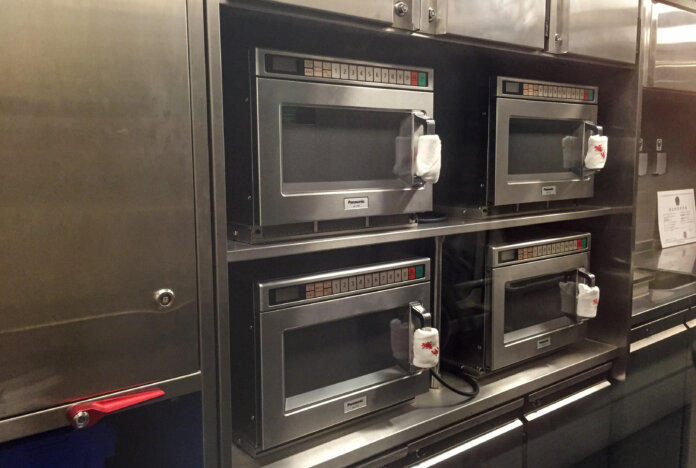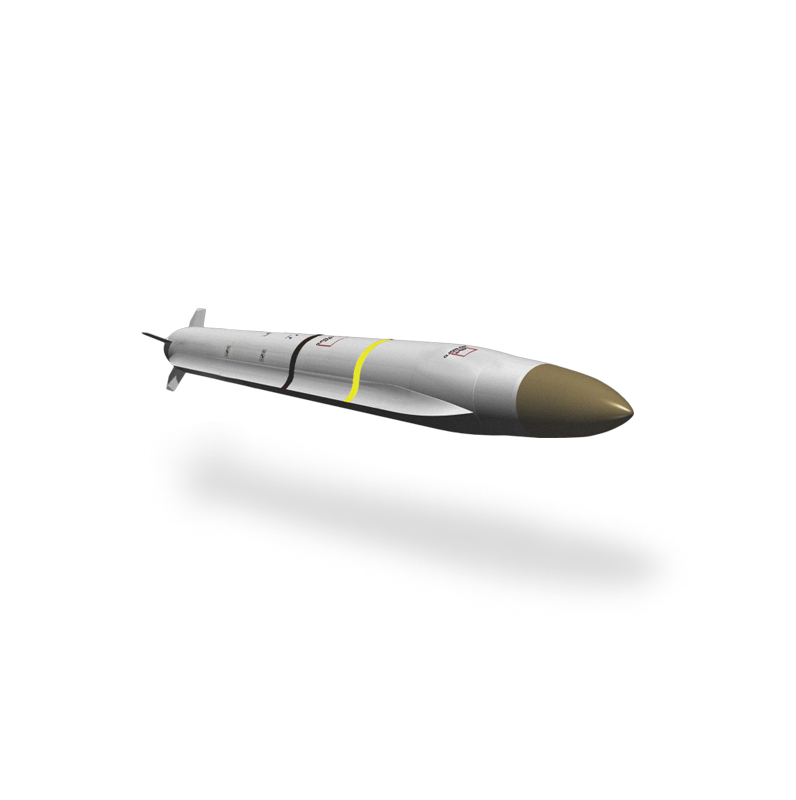
Armada’s monthly round-up of all the latest electronic warfare news in the product, programme and operational domains.
Museum Pieces
Is your company, organisation or even your good self in possession of some electronic warfare or radar history that had an impact far beyond the military domain? Did that black box or circuit board proudly displayed in your office cabinet change our everyday lives in some unsung, yet pivotal, way? Perhaps you have a similar story to share about your work? If so, the United Kingdom’s Imperial War Museums (IWM) want to hear from you.
The IWM and Lloyd’s Register Foundation are collaborating on a five-year project entitled Lifesavers to explore how conflict has driven innovation in science and technology. The project will look at how innovation affects safety today on land, at sea and in the air. From tiny personal possessions and insignia to aircraft and warships, IWM’s collections span all major British and Commonwealth conflicts since 1914. The collections provide a rich resource for examining the connection between conflict and innovation. If it was not for warfare, would we have much of the science and technology we take for granted today?
From advances in aviation technology during the Second World War, to modern air travel. From the rescue of downed wartime pilots to modern air-sea rescue and air ambulances. Safety equipment at sea, ejector seats, radar, radio and communications technology, the list of wartime innovation goes on.
Nonetheless, it is not just about the gadgets and machines in the IWM’s collections, fascinating as they are. Lifesavers also encompasses the social history of technological innovation. From the people who developed technology, those who used it in the field, to those who continued to innovate once peace was declared. IWM’s collections include many of the personal stories and voices of those who were there.
Lifesavers is a truly international project. As well as possible collaboration with British institutions such as the Science Museum, the Royal Navy and Lloyd’s Register Foundation themselves, the initiative aims to share collections and knowledge with museums around the world. The IWM already has links with museums in Canada, continental Europe, the Republic of Korea, Singapore and the United States.
One of the project’s deliverables will be a digital exhibition of objects, literature and stories relating to Lifesavers’ core themes. If you have something to exhibit such as a photographed object, infographics, literature or even just a great story to share please get in touch with Robert Rumble, the project curator in the IWM’s Cold War narrative team. Mr. Rumble can be contacted at [email protected].
IQ Test
HawkEye 360 announced in a 25th September press release that the company had launched a new RFIQ (Radio Frequency Inphase and Quadrature) product. The press release said that HawkEye 360 will make unprocessed IQ information available to customers. IQ information is a digital representation of specific RF waveforms. Customers can use this data to “analyse signal characteristics or survey RF activity over large regions of the Earth,” according to the press release. HawkEye 360’s clusters of RF sensing satellites collect information on signals across wavebands of 70 megahertz to 18 gigahertz. These wavebands, coupled with the company’s new RFIQ service, provide customers with “the ability to analyse a wide range of signals important to their mission.” Exploiting this RFIQ information lets users ‘drill down’ into the data to extract the signal information and characteristics they need. For example, customers may seek highly detailed information on specific radar or communications systems. These specifics can be extracted from the RFIQ data. Such data can be challenging to analyse but HawkEye 360 told Armada in a written statement that this information “offers sophisticated users the densest data we can deliver.” This provision is important because “expert (electronic intelligence) users often want to do more. They’ll have excellent tools and algorithms for in-depth analysis of the radio frequency spectrum, so we need to support them with the right type of data.” HawkEye 360 added that “RFIQ is useful for surveys of a region to gain a better perspective of the RF activity. This type of data is beneficial for conducting ELINT analysis to characterise detected emitters.” The statement said that the company’s RFIQ data service is already being used by several undisclosed customers. The RFIQ product has a selectable range of frequencies. Data is “delivered as a formatted I/Q data file (customers) can ingest into their analytical tools. We offer these customers a flexible set of options, to optimise collection based on their needs.”
Beyond AARGM-ER
Northrop Grumman announced in late September that the company had been awarded a $705 million contract to provide the US Air Force (USAF) with the Stand-In Attack Weapon (SIAW). This air-to-surface missile is designed to prosecute relocatable targets, the company said in a press release. The document continued that the USAF is targeting 2026 to declare the weapon’s initial operational capability. Susan Bruce, Northrop Grumman’s vice president of advanced weapons, told Armada that SIAW “is an offshoot” of the company’s AGM-88G Advanced Anti-Radiation Guided Missile – Extended Range (AARGM-ER). AARGM-ER is the latest incarnation of the Texas Instruments/Raytheon AGM-88 HARM (High Speed Anti-Radiation Missile) family. Ms. Bruce said that SIAW will be capable of targeting Global Navigation Satellite System (GNSS) jammers, as well as radars. While no further details were provided, this implies that SIAW will contain a radio frequency sensor. This capability also suggests the weapon maybe capable of detecting and locating jammers operating in frequencies of one to two gigahertz. This waveband encompasses the frequencies routinely used by GNSS systems and hence GNSS jammers. Reports have stated that the SIAW will eventually replace the AGM-88G. AARGM-ER is earmarked for deployment onboard the USAF’s Lockheed Martin F-35A Lightning-II combat aircraft.

by Dr. Thomas Withington













